

A landmark study at Imperial College London aims to unravel the mysteries surrounding the ancient origins of photosynthesis.
Researchers at Imperial are attempting to use long-term multigenerational cultures of cyanobacteria (formerly known as blue-green algae) to reveal the origins of one of the most fundamental aspects of life on Earth: photosynthesis.
Dr Tanai Cardona, from the Department of Life Sciences and the leader of the Molecular Evolution Lab at Imperial, said: “Why is life the way it is? It is always a relevant question to ask. Understanding why things are the way they are is a fundamental aspect of science.”
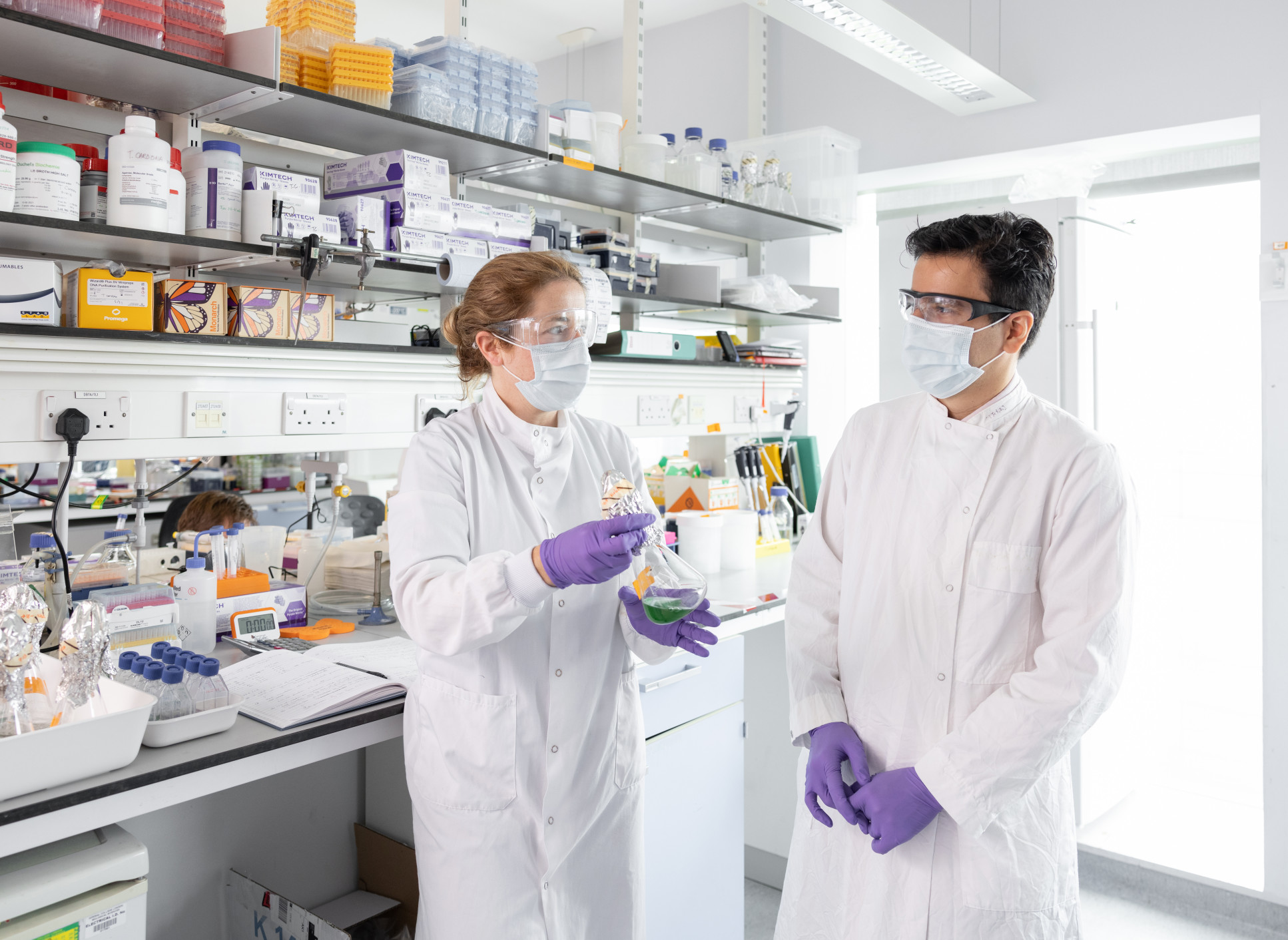
Ancient origins
Photosynthesis is an ancient process, and there have been many efforts made to understand just how and when it evolved. To understand this, researchers must make the distinction between the two types of photosynthesis: oxygenic and anoxygenic, or oxygen-producing and non-oxygen-producing.
While anoxygenic photosynthesis is often thought to be the more ancient of the two, recent research has suggested that oxygenic photosynthesis may have arisen in some of the earliest bacterial organisms on the planet, before cyanobacteria.
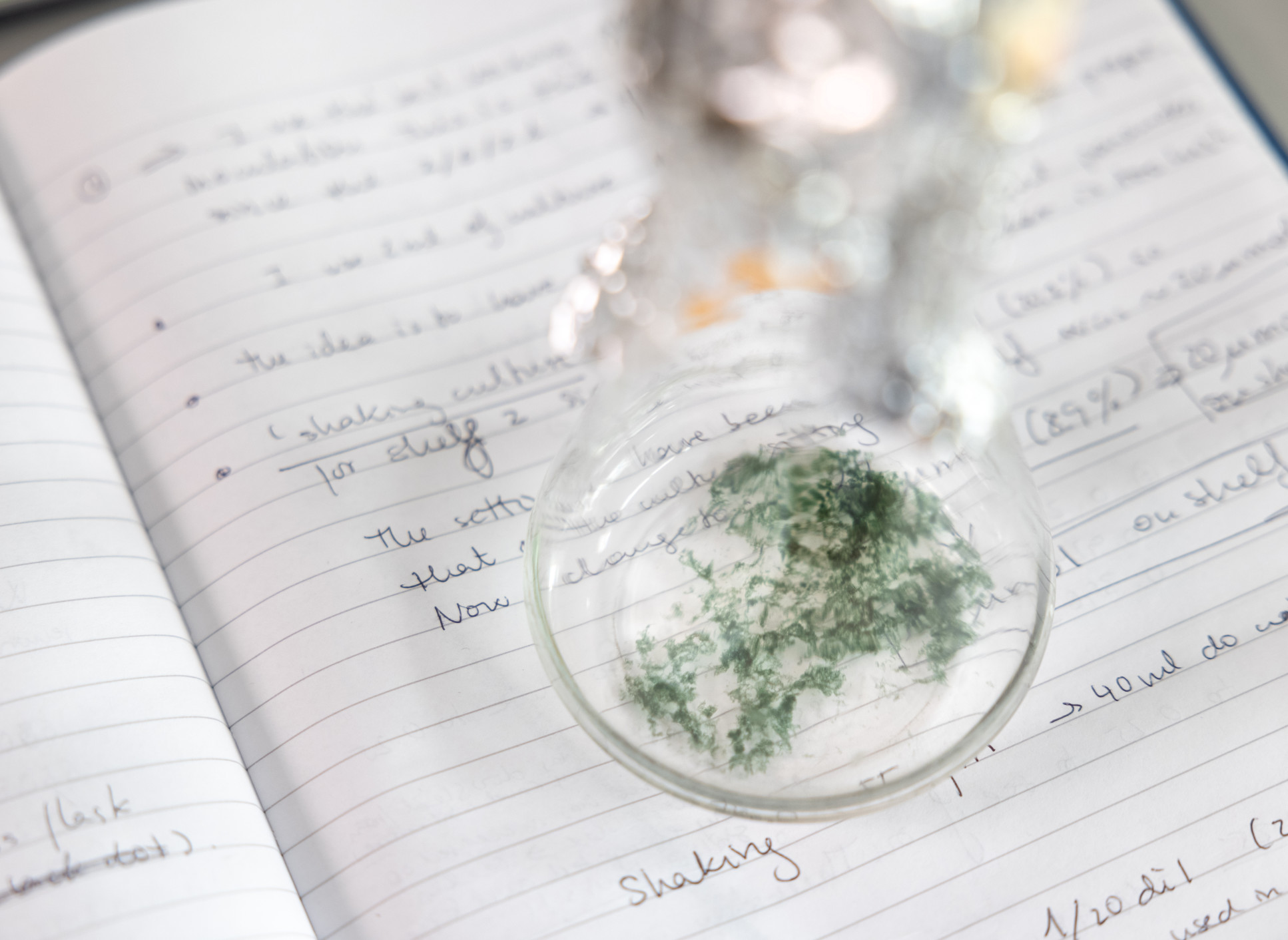
However, unravelling which type of photosynthesis came first has proven tricky, as it relies on knowing how fast evolution has taken place in these organisms.
“These are extremely ancient processes,” Dr Cardona said. “We are talking about uncertainty values of up to two billion years, and as technology has advanced, this uncertainty has grown even further as we discover new fossils.”
Instead, Dr Cardona and research technician Dr Violeta Cordón-Preciado will grow their own cyanobacteria in an effort to determine the speed of their evolution. He added: “This is why our cyanobacteria evolution project is key. This is how we gain a more conclusive understanding of the origins of photosynthesis using experimentally validated data.
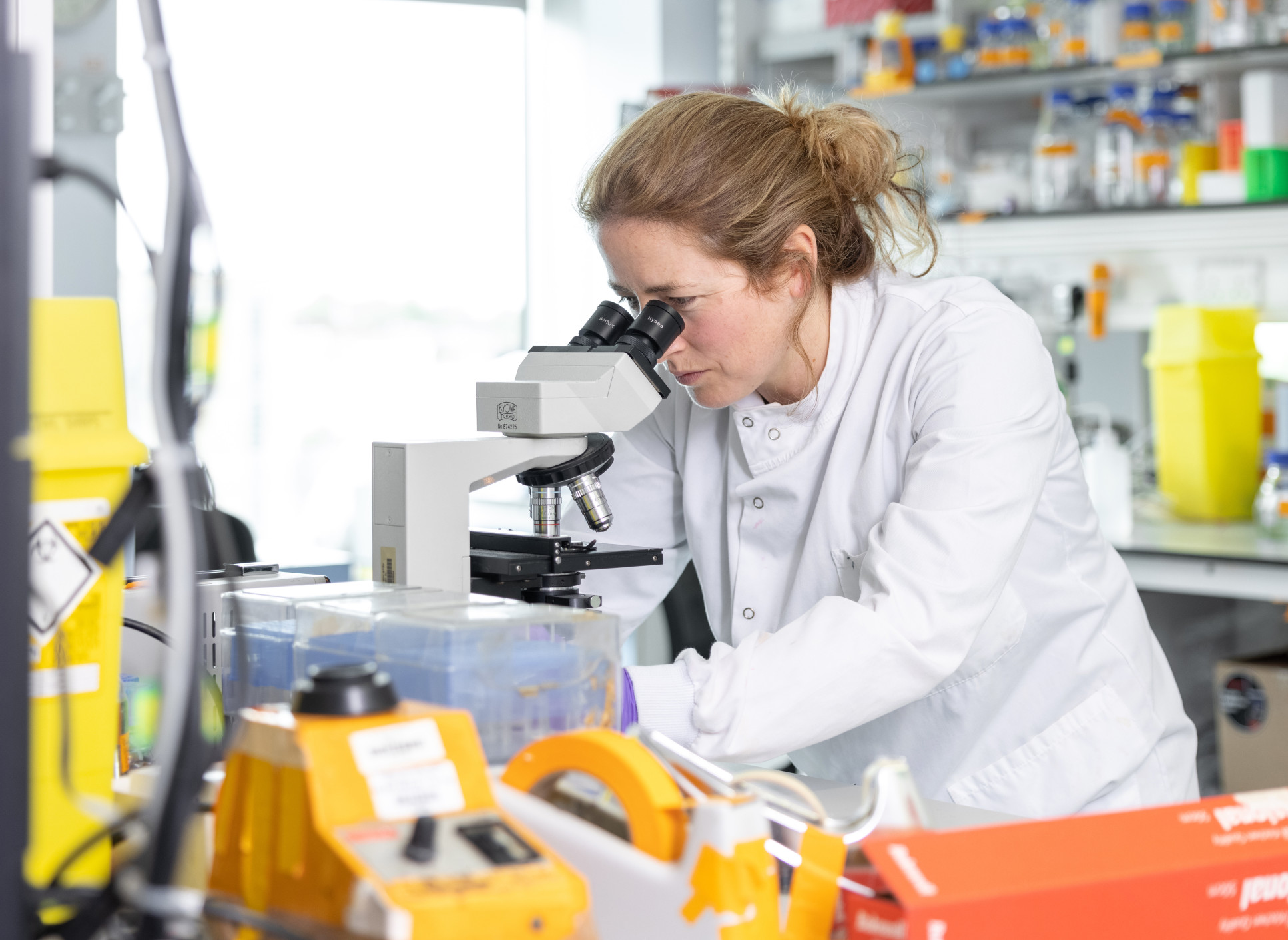
A very well-known and similar experiment has been carried out on the human pathogen and model bacterium, E. coli, over three decades by Professor Richard Lenski and colleagues at Michigan State University. This is the first time a project like this will be done in photosynthetic organisms.
Molecular clocks
The experiment focuses on understanding the ‘molecular clock’ of different types of cyanobacteria strategically located in their tree of life. Dr Cordón-Preciado said: “This involves allowing generations of cyanobacteria to grow and evolve over a long period of time, and tracking genome changes at regular intervals using next-generation genome sequencing techniques.”
The researchers will then analyse and compare the genomes of these bacterial strains to try to determine how fast the different types of cyanobacteria evolve, and the sequence in which traits arise, such as components cells use to perform the different steps of photosynthesis.
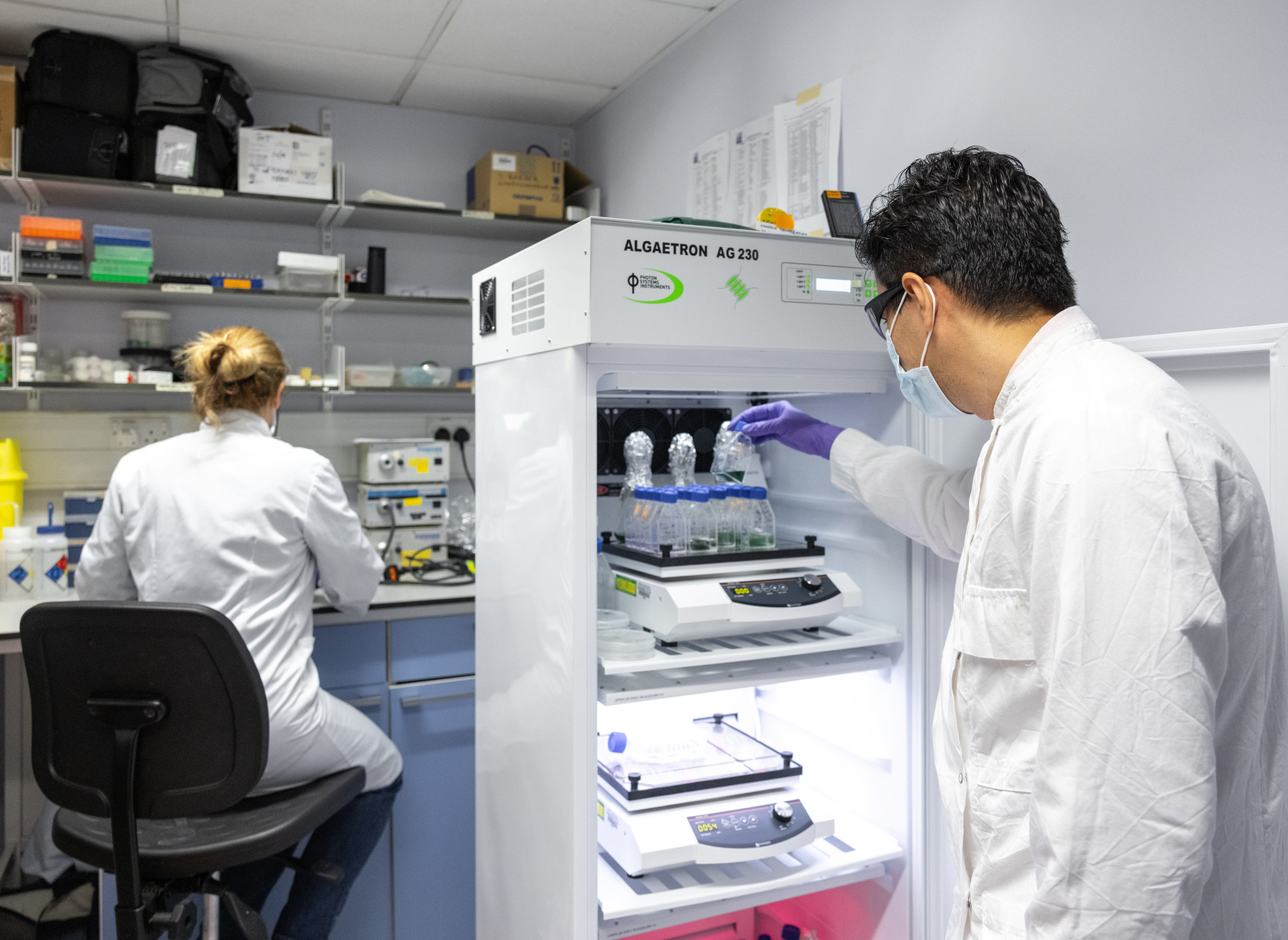
Measuring the rate of genome change will also allow the researchers to determine the differences in evolutionary change in different strains or species of cyanobacteria.
Dr Cardona said: “Different groups of cyanobacteria have emerged at different points in time over billions of years and some may have more similarities to their primordial ancestors. It is never accurate to consider any extant species as being more ‘primitive’ than another, as all species arose from the same ancestor. However, some of these cyanobacteria species retain traits that are considered quite ancient and that are able to shed light on how these evolved in the first place.”
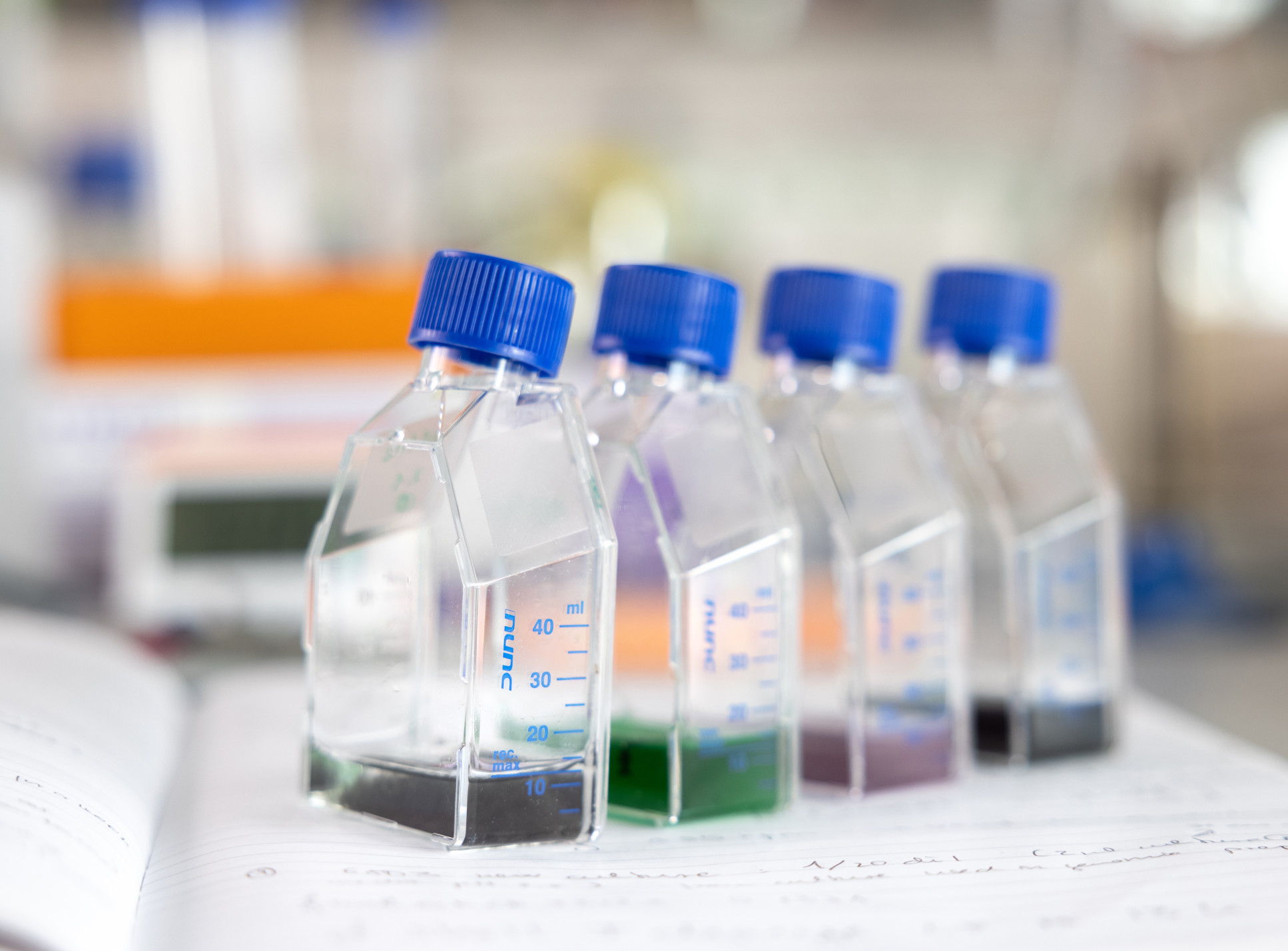
Despite the enormous lengths of time and evolutionary scales involved, the experiment is described as a ‘humble’ one by Dr Cardona, making use of a simple culture setup where flasks are incubated under controlled conditions, and the genomes sequenced every few months. The researchers are optimistic about the future of the study and hope that it will provide a better understanding of how one of the most prolific processes on the planet came to be.
Article text (excluding photos or graphics) © Imperial College London.
Photos and graphics subject to third party copyright used with permission or © Imperial College London.
Reporters
Thomas Angus [Photographer]
Communications Division

Contact details
Tel: +44 (0)20 7594 2858
Email: t.angus@imperial.ac.uk
Show all stories by this author
Jayamurali Balamurugan
Communications Division

Contact details
Email: press.office@imperial.ac.uk
Show all stories by this author




Leave a comment
Your comment may be published, displaying your name as you provide it, unless you request otherwise. Your contact details will never be published.